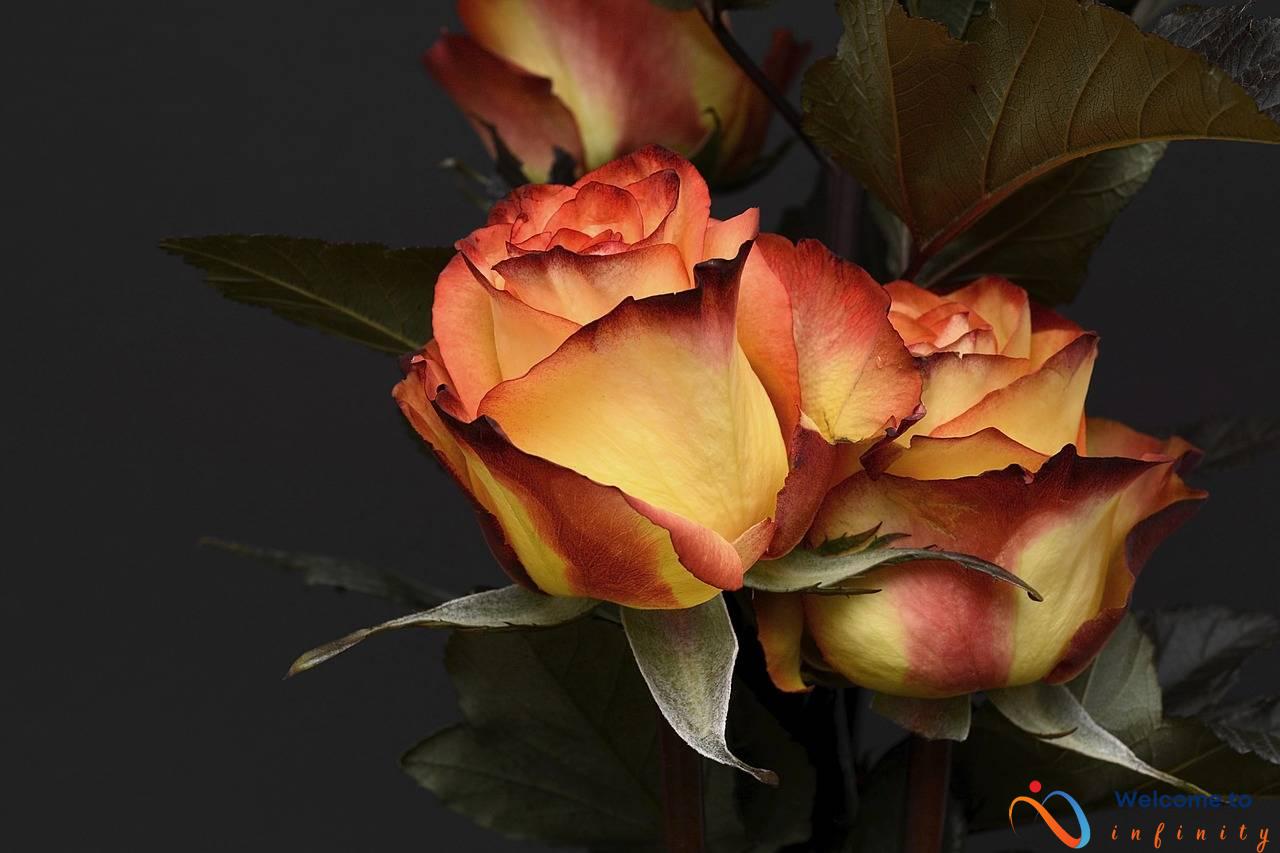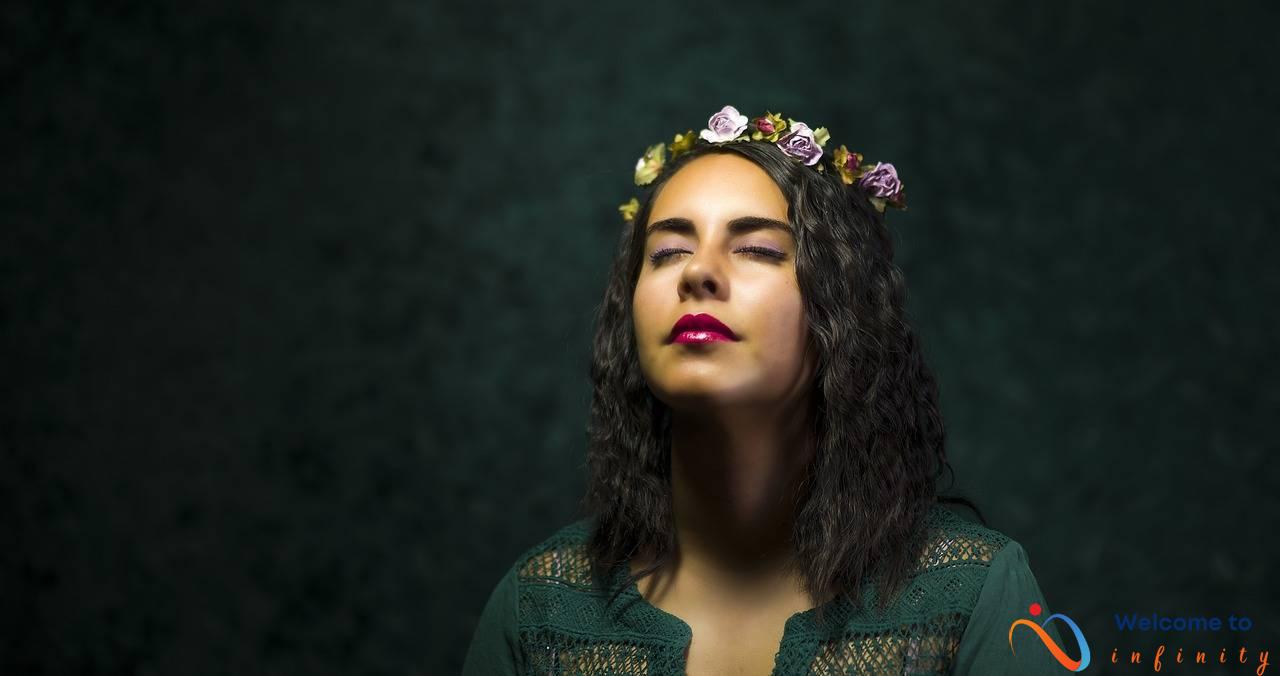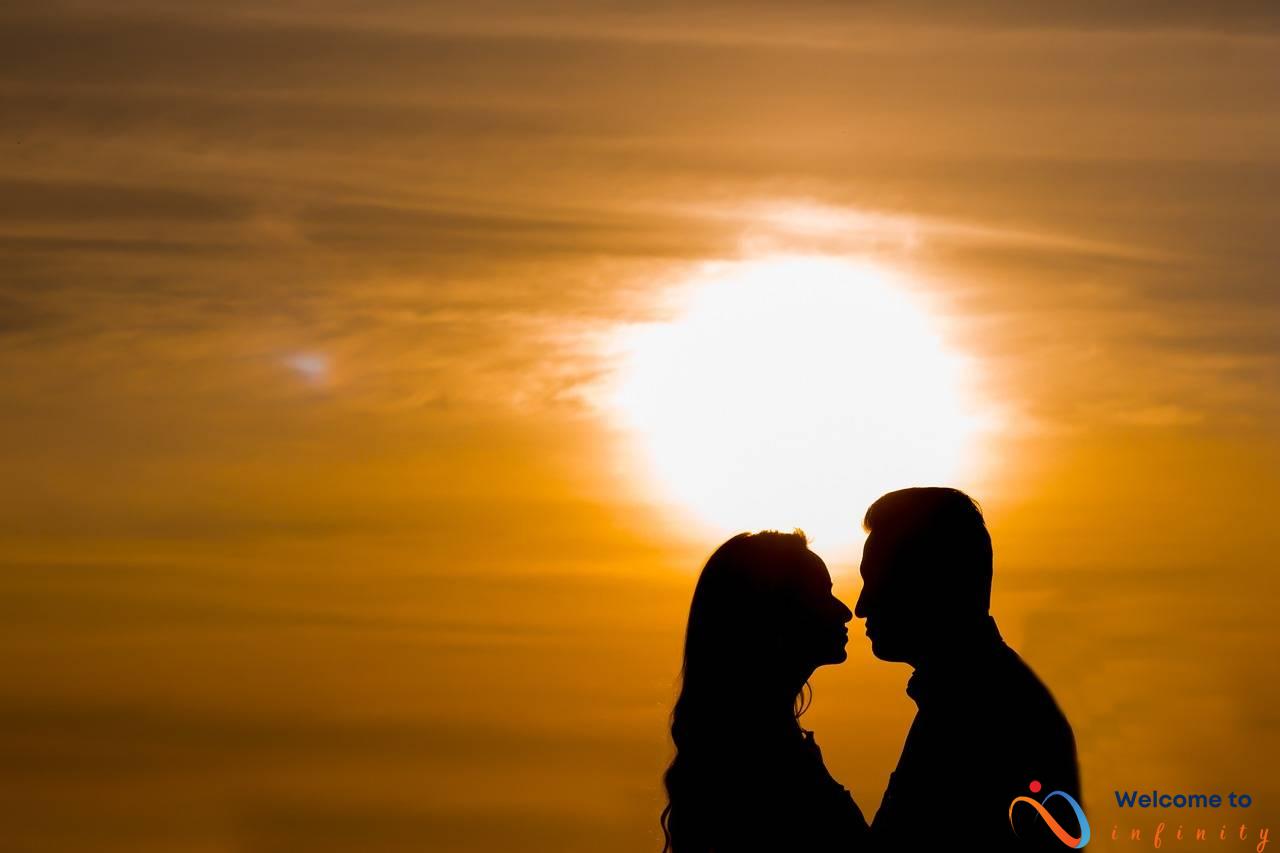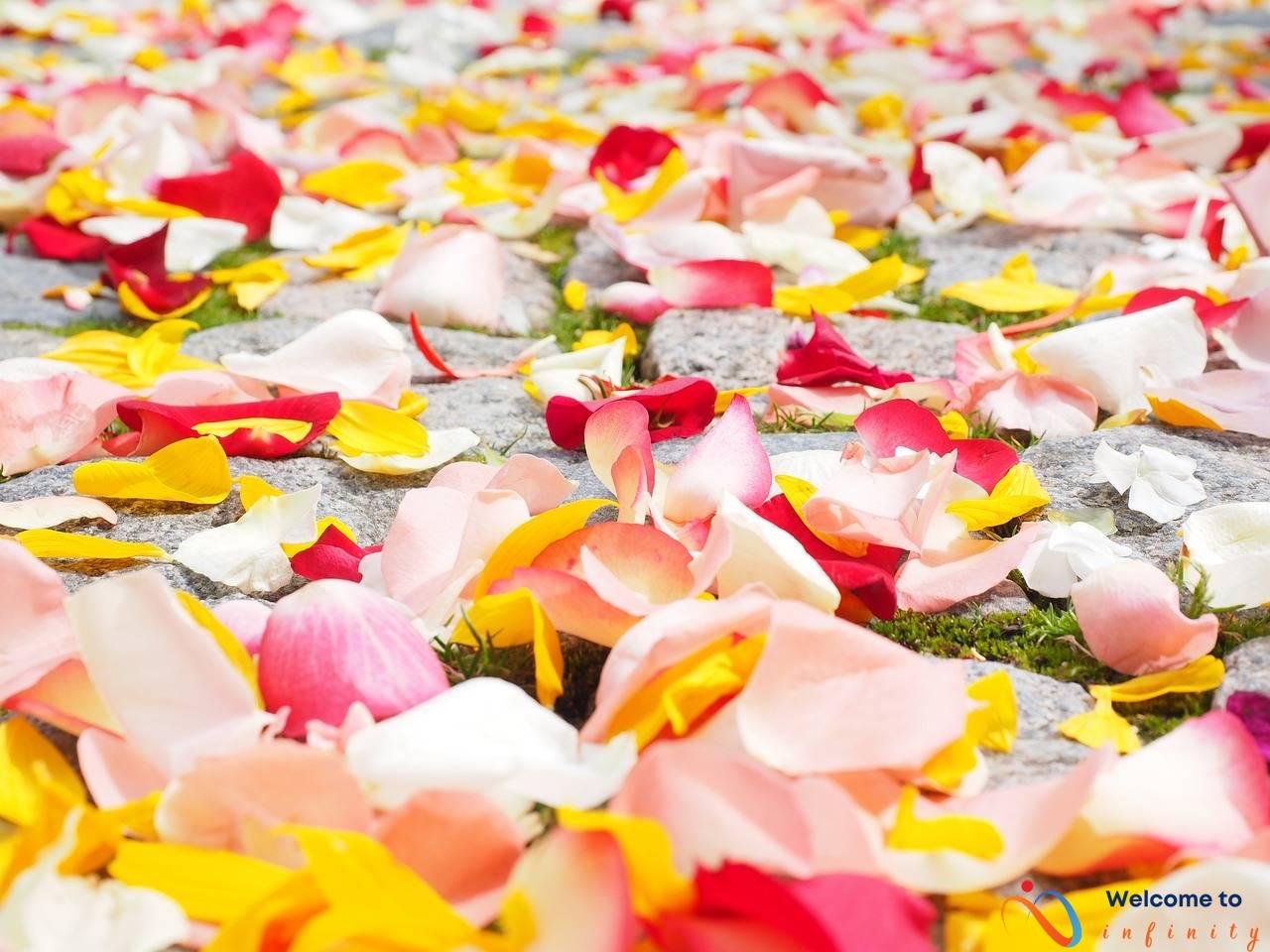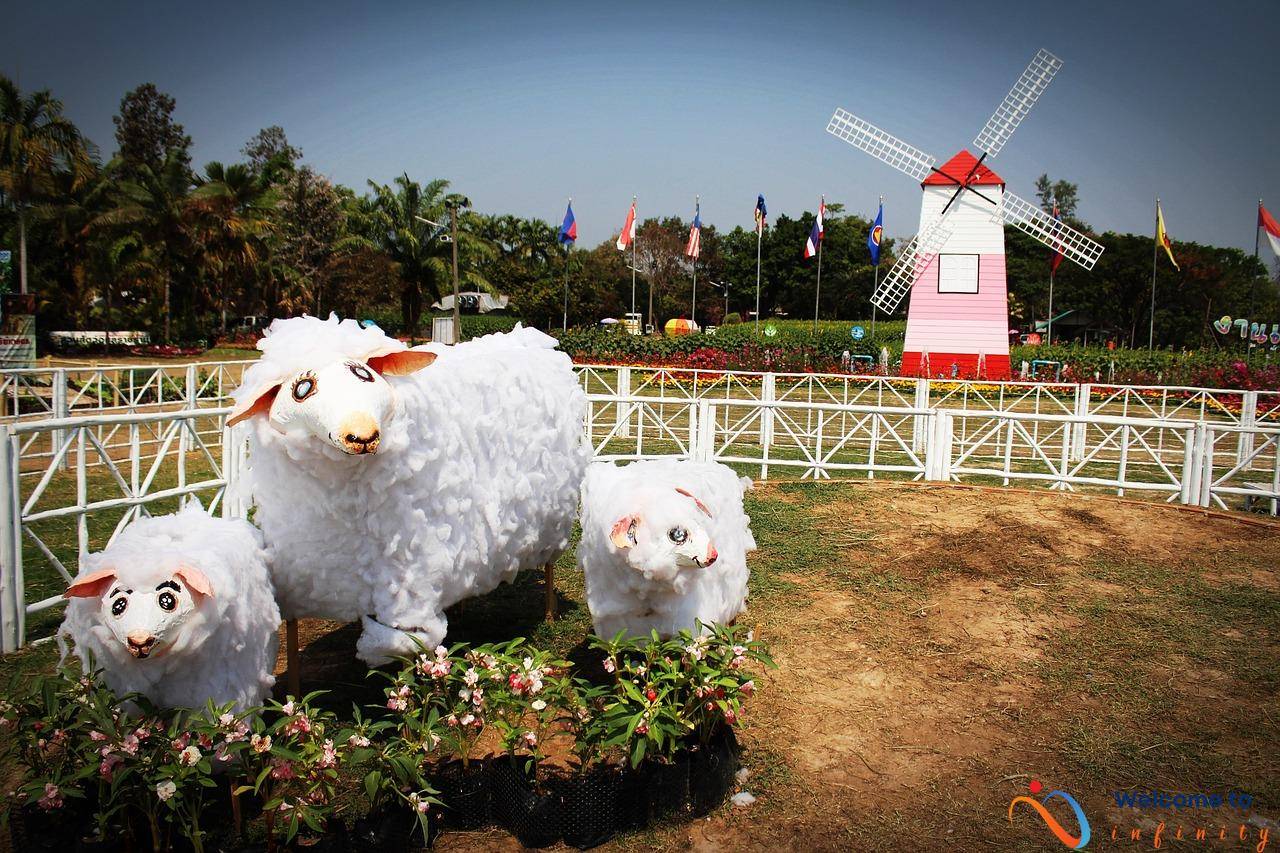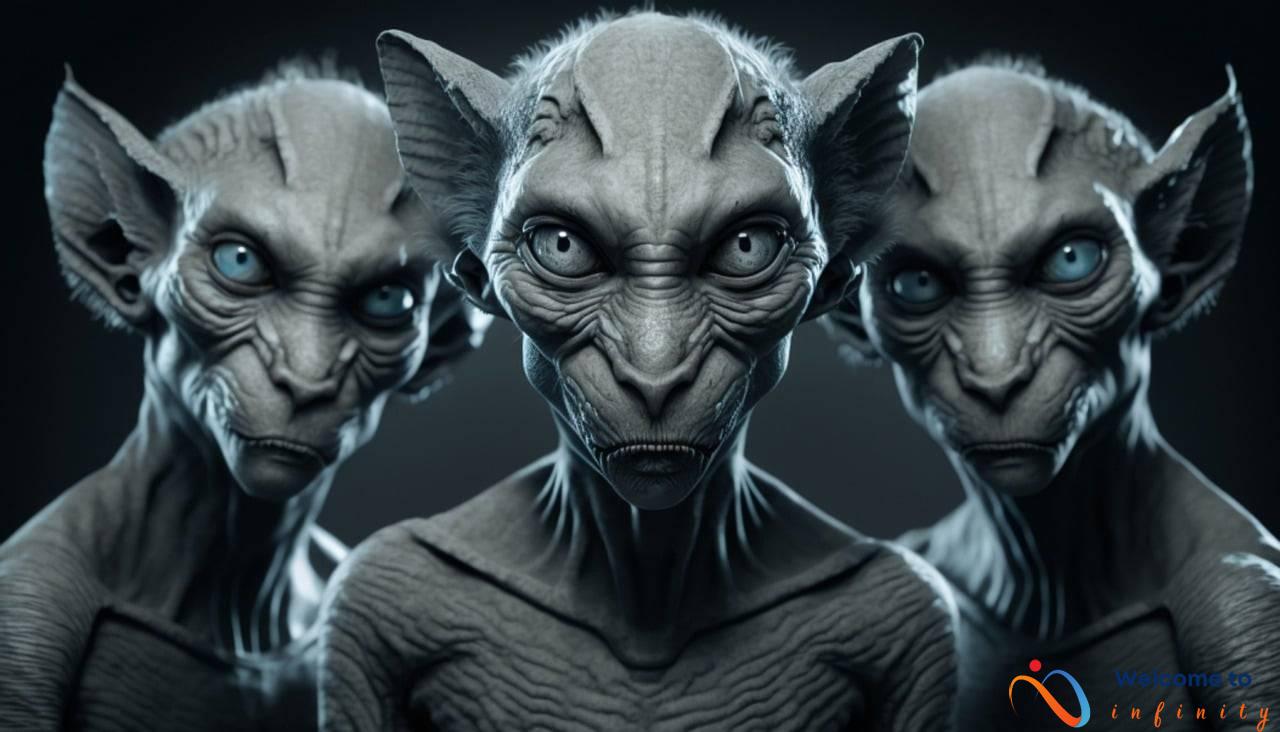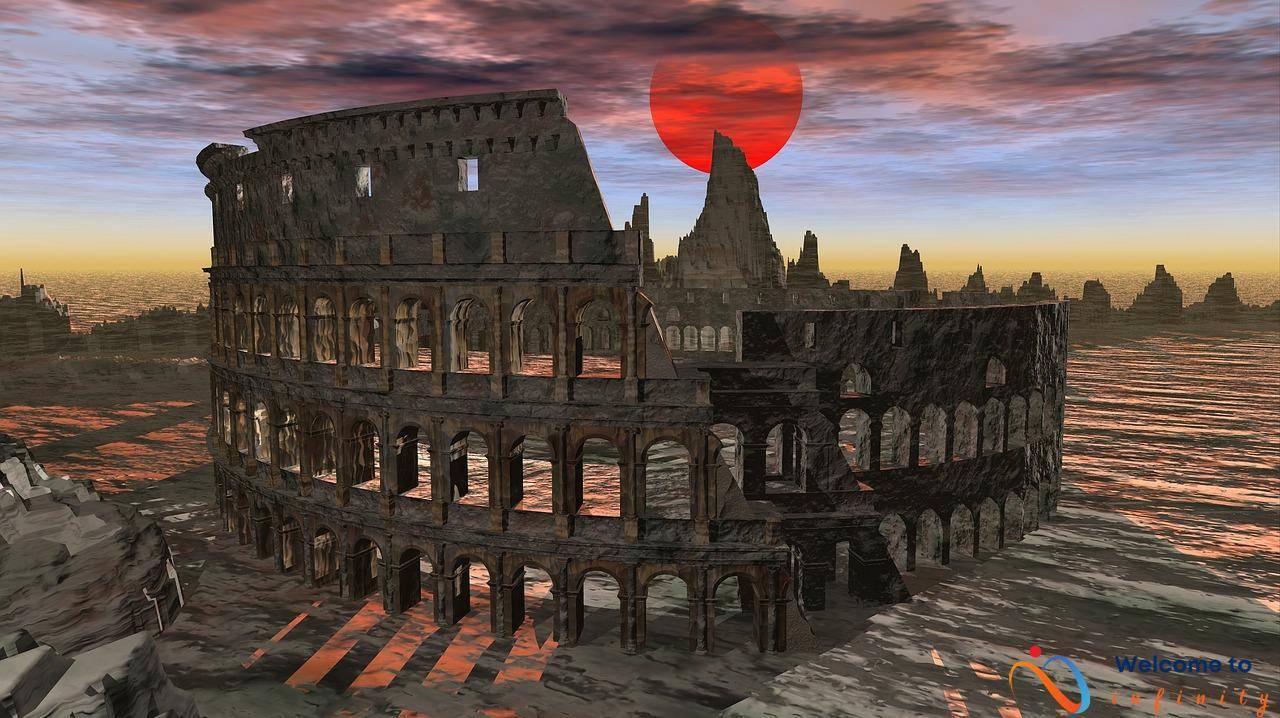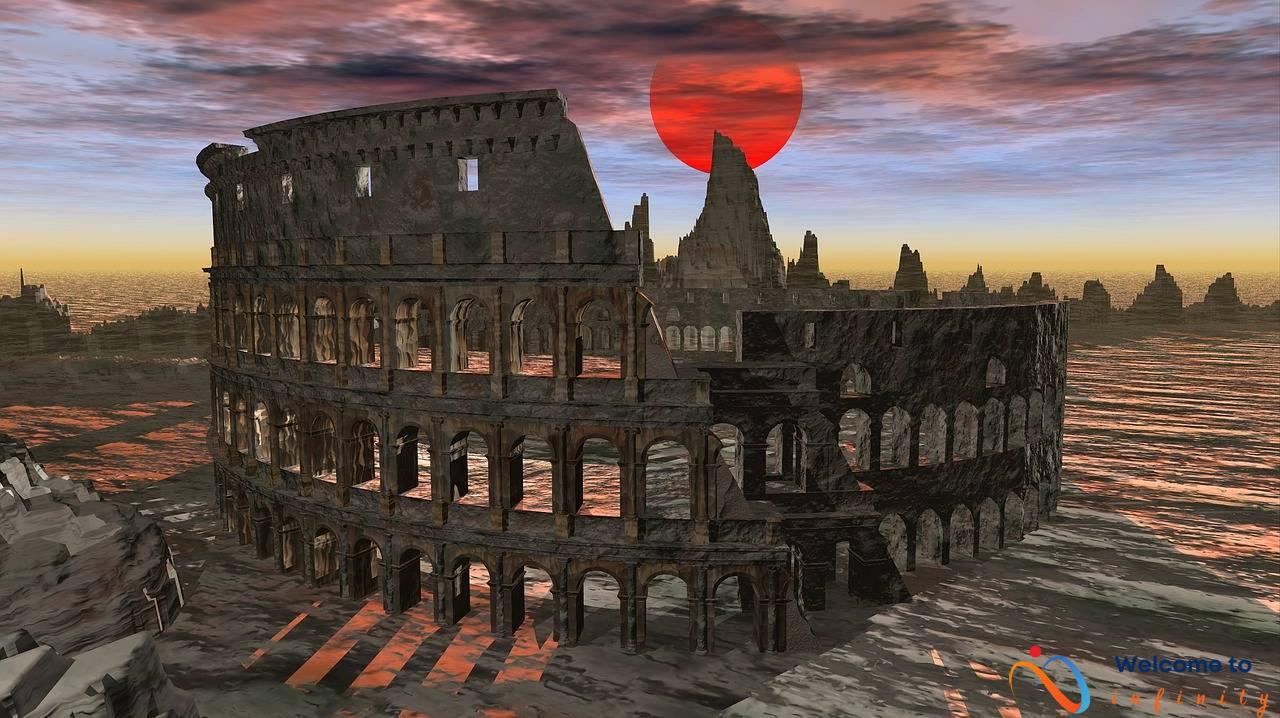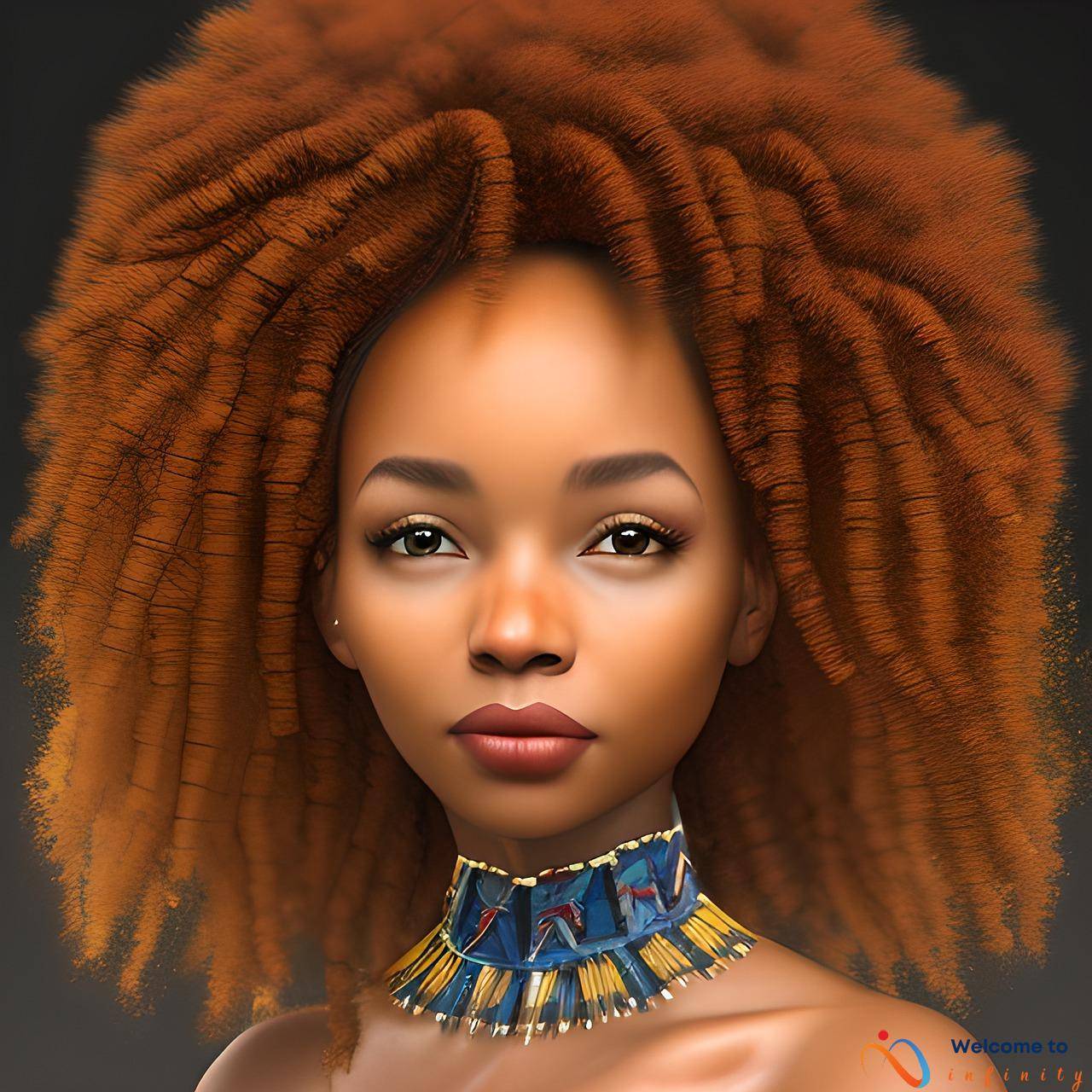Hairstyles have played a significant role in various cultures since ancient times. They are more than just a way of looking good; they are a reflection of one's identity and culture. Interestingly, the meaning behind hairstyles has evolved through time. In ancient times, hairstyles were used to convey an individual's social status, profession, or even political views. This has continued to modern times where hairstyles can represent self-expression, a political statement, or individual identity. The following sections explore the significance of hairstyles from ancient times to modern trends.
Ancient civilizations such as Egypt, Greece, Rome, and China have documented hairstyles that conveyed social status, marital status, profession, or even a mourning period. For instance, elaborate braided hairstyles were associated with the royal class in ancient Egypt, while a woman's hairstyle symbolized her marital status in ancient Greece.
The influence of religion significantly impacted hairstyles during the medieval and renaissance periods. Feudal lords and ladies adorned their hair with elaborate headpieces and jewels to display wealth, while working-class peasants wore simple braids and buns. Hairstyles also symbolized one's loyalty to their social class, and rebels often wore disheveled hairstyles to signify their rebellion.
In some cultures and time periods, hair color carried cultural significance. For instance, in medieval Europe, red-haired individuals were often associated with witchcraft, while blonde-hair was considered desirable in ancient Rome. In modern times, hair color is often used to convey personality and individual identity.
Today, hairstyles are more about individual expression and personal identity than social status. From the classic bob to edgy undercuts, people have a wide range of hairstyles to choose from. Some modern hairstyles and fashion trends, such as dreadlocks, have been used as a political statement against prejudice and discrimination. Hairstyles also play a significant role in the fashion and entertainment industry because they can be used to define a trend or era.
Hairstyles can convey a political statement or rebellion. For instance, the natural hair movement, which encourages black women to embrace their natural hair texture, is a statement against Eurocentric beauty standards. Some individuals have also used hairstyles to express solidarity with a cause, such as an undercut to signify LGBTQ+ rights.
Hairstyles have evolved through time, and their significance has evolved with it. From ancient times to modern trends, hairstyles have communicated different meanings, identity, culture, and political views. One's hairstyle represents a lot more than preference, and it's a powerful tool for self-expression, cultural heritage, and personal identity.
Ancient Hairstyles
Hairstyles have been an important part of culture since ancient times. In Egypt, both women and men's hairstyles were ornate and symbolic. For instance, pharaohs wore the nemes headdress, which was made of striped cloth and is still one of the most iconic Egyptian symbols. Greek hairstyles varied based on social status, with women from wealthy families sporting elaborate braids and jewelry, while common women wore simple braids or had their hair pinned up.
In ancient China, hair was a symbol of social status and marital status. married women wore their hair in buns, while unmarried women let their hair flow freely. In Rome, hairstyles were determined by age, marital status, and wealth. For example, younger women wore their hair down, while married women pinned their hair up and often wore headbands or caps.
Hairstyles in ancient times were not only a symbol of identity but also a way to signify important events or moments. For example, mourners in ancient Greece would cut off locks of hair as part of their mourning ritual. Hairstyles could also be a sign of rebellion or celebration. Roman slaves, for instance, often shaved their heads as a way to reject their status.
Overall, ancient hairstyles held significant meaning and were a way to communicate one's social status, profession, or even marital status. Additionally, they could symbolize rejoicing or mourning and be used as a way to reject societal norms.
Medieval and Renaissance Hairstyles
During the medieval and renaissance periods, hairstyles were heavily influenced by religious and cultural beliefs. Women often covered their hair as a sign of modesty, and men's hairstyles were characterized by short, neatly trimmed hair. Feudal lords and ladies, on the other hand, often adorned their hair with elaborate headpieces and jewels, emphasizing their wealth and status.
Hairstyles also varied depending on social class. Working-class peasants wore simple braids or buns, while the upper classes had more elaborate hairstyles. Women of the upper classes often wore their hair in complicated braids or curls and used hairpieces to create a more voluminous look.
During the Renaissance period, men's hairstyles evolved from the short, simple styles of the medieval period to longer, more elaborate hairstyles that required more maintenance. Wigs also became popular, especially among the upper classes, as a way to change hairstyles quickly and easily without having to style their natural hair.
Overall, hairstyles during the medieval and Renaissance periods were a reflection of societal values and beliefs, and were used to communicate one's social status and identity.
The Significance of Hair Color
The Significance of Hair Color
While hairstyles have always had cultural significance, hair color has also played an important role in different societies throughout history. From ancient times to modern trends, hair color has carried different meanings and symbolized various aspects of identity, culture, and even personality. This section explores how hair color has been historically interpreted.
Ancient Rome:
In ancient Rome, hair color was a symbol of social status. Women with blonde hair were considered more desirable and seen as more attractive to men. Blonde hair also symbolized youth and beauty, with many women opting to dye their hair to appear more youthful. Meanwhile, women with darker hair were often considered more traditional and conservative.
Medieval Europe:
In medieval Europe, hair color took on a different meaning. Red hair was thought to be associated with witchcraft and the devil, making red-haired individuals targets for persecution and discrimination. This led to many people with red hair hiding or disguising their hair color. In contrast, blonde hair was also associated with purity and innocence, making it a desirable trait.
Modern Times:
Today, hair color is less tied to social status and more about self-expression and personality. People choose to dye their hair in a range of colors, from natural shades to bold and unconventional hues. Hair color can represent a sense of individuality or be a way to stand out from the crowd.
Conclusion:
Throughout history, hair color has played an important role in various cultures and societies. From blonde hair in ancient Rome to red hair in medieval Europe, different hair colors have been associated with different meanings and symbols. In modern times, hair color represents individuality and personality, giving people a way to express themselves in unique ways.
Modern Hairstyles and Trends
Hairstyles in the modern era are all about expressing individuality and personality. In the 1920s, the bob cut was popularized by the likes of Coco Chanel and Louise Brooks, symbolizing a newfound sense of freedom and liberation for women. In the 1960s, the long hair of the hippie movement represented a rejection of mainstream culture and a desire for peace and love.
In the 1980s, punk rockers popularized the mohawk and spiky haircut, representing rebellion against authority. Today, there are a plethora of hairstyles to choose from, ranging from the classic lob (long bob) to the funky pixie cut. Some people even opt for bold and vibrant hair colors, like pink, blue, or green.
Popular modern hairstyles are influenced by celebrities and pop culture icons, such as Jennifer Aniston's “Rachel” haircut from Friends or Kim Kardashian's sleek and straight long locks. Social media platforms like Instagram and Pinterest have also made it easier to discover new and trendy hairstyles.
Another trend that has emerged in recent years is the return of retro hairstyles, like victory rolls and pin-up curls, made popular by vintage fashion enthusiasts. Men's hairstyles have also evolved in the modern era, from the slicked-back pompadour to the edgy undercut.
Overall, modern hairstyles are less about conforming to social expectations and more about self-expression. Hairstyles can represent individual identity and personality, and people are free to choose whatever style they feel best represents them.
The Politics of Hair
Hairstyles have not only been a way to express one's identity and cultural belonging but also used as a form of political expression. The natural hair movement, for instance, is a social movement that calls for the acceptance and celebration of natural Black hair. This movement is a political statement against Eurocentric beauty standards that have characterized straight hair as the ideal.
Black women are often subjected to societal pressures to straighten their hair to fit into society's Eurocentric beauty standards, which are often portrayed as the norm. However, the natural hair movement has gained substantial momentum over the last few decades, with more women opting to embrace their natural hair. Black women who choose to wear their hair in its natural state seek to break the traditional beauty standard and advocate for a more inclusive definition of beauty.
Additionally, hairstyles can also serve as a form of political protest, particularly in the case of cultural appropriation. In recent years, there have been instances of non-Black individuals appropriating traditionally Black hairstyles like cornrows and dreadlocks without acknowledging the style's cultural significance. This has caused backlash among some communities who view the appropriation of their cultural symbols as a form of erasure.
In conclusion, hairstyles can convey more than just aesthetic expression. They can symbolize political ideas, social movements, and cultural identities. The natural hair movement and cultural appropriation are examples of how hairstyles can be used as a form of political and cultural expression.
Conclusion
Hairstyles are a significant part of our identity, reflecting cultural and historical backgrounds. From ancient civilizations to modern trends, hairstyles have evolved and adapted to changing times and beliefs. The way we style and cut our hair holds deep meaning and symbolizes various aspects of our identity and culture.
Hairstyles reflect on the social status, profession, marital status, and signify mourning, celebration, or rebellion. In medieval and renaissance periods, hairstyles reflected religious, cultural, and economic values. Working-class people wore simple braids or buns, while the nobility often adorned their hair with elaborate headpieces and jewels. Hair color also carries cultural significance in many cultures, indicating desirability or associations with witchcraft.
Unlike ancient civilizations, hairstyles of modern times are less tied to social status and more about self-expression. From the edgy undercut to the classic bob, different hairstyles represent individual personality and identity. Hairstyles can also be political, making bold statements against Eurocentric beauty standards or expressing solidarity with a cause.
In conclusion, hairstyles have been an essential part of various cultures and hold significant meaning for human identity and history. From ancient times to modern trends, hairstyles have continued to evolve and adapt to changing times, beliefs, and cultural values. With the meaning and symbolism attached to hairstyles, it is clear that they will continue to play a significant role in our personal and cultural identities in the future.

